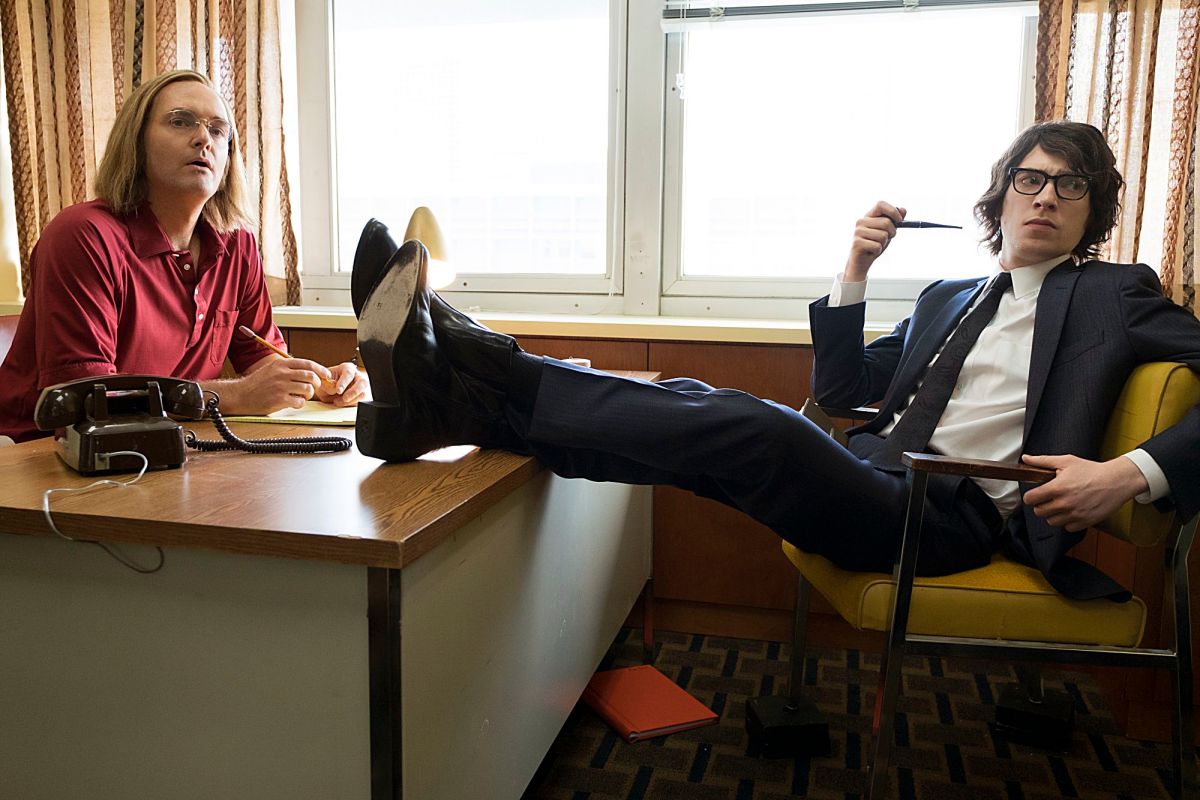“Wain understands that to tell this story right you need to bypass accuracy and head straight for authenticity.”
~ excerpt from the Sundance Film Festival 2018 Digital Program Guide
It would be expected, of course, that a film dealing with culture-wide irreverence the likes of National Lampoon, Animal House, and Caddyshack would be, at moments, wild, zany, offensive, unrepentant and, at the same time, quite human.
Well, not to worry, you extreme buffoons and marginally functional comedic film buffs out there (myself included): Filmmaker and Sundance veteran David Wain has brought us a quite absorbing piece of work concerning the life and times of Doug Kenney, the brilliant and troubled satirist whose creative notions helped turn “old school” on its head.
Adapted from Josh Karp’s book of the same name, “A Futile and Stupid Gesture,” not unlike its subject, shows little if any fear as it attempts to get inside the heads of Kenney and his co-conspirators as they entertain the re-shuffling of the collective deck – while shipping, without prejudice, Hope and Benny and the boys off to studio system heaven.
Will Forte seems the perfect choice as Doug Kenney, the psychological loner who comes out of an Ohio Catholic prep school to enter Harvard College with a Midas touch for the consciousness-expanding one-liner. Everyone (except Doug himself) loves and adores this blue-eyed blond with the subtle knack to create out of whole cloth.
It must have been exhilarating to tell the story of a genesis of such bandwidth. And, every step of the way, it works. With his extraordinary ensemble cast in tow (Since “Ex Machina,” I can’t get enough of Domhnhall Gleeson), David Wain is on the complex mission of making art by portraying genius and serendipity in a food fight.
Prior to the likes of John Belushi, Chevy Chase, Bill Murray, and Gilda Radner succumbing to the Kenney magnetic field, however, there are those who coalesced around Doug’s light in the castle that housed the century-old Harvard Lampoon.
Therein lays the field upon which the initial seeds were sown. And it would be from there that tiny shoots would break through to the sunlight and, yet once more, re-shuffle the culture.
Following graduation, it would be the “National Lampoon” emerging in a cloud of stardust to completely shape-shift the magazine landscape. Then would arrive “Animal House” and “Caddyshack” and the paradigm, which hadn’t stopped jiggling since the previous quake, would shift once again.
For Doug, the euphoria that surrounded the former would not carry over to the latter. But that’s a story to be told on the big screen once you’re settled in your seat at the Festival. You even get to check out the view from Hanapepe Point on the Garden Isle of Kauai.
David Wain brilliantly hopscotches the outer-actual on his way to the inner-real in a manner few filmmakers dare to tread. To be invited along as the creative license of the figurative gets to the bottom of the emotional plane is transformative.
The cosmology that chased Doug Kenney from Ohio to Kauai and, in between, shaped what many consider the most influential comedy force of the last 50 years is one that, indeed, needed to premiere at the Sundance Film Festival.

